2022 Honda City Hybrid review, road test
We put the all-new City e:HEV through our exhaustive tests and deep dive into what makes it so efficient.
Published on Jul 13, 2022 08:00:00 AM
61,924 Views
Follow us on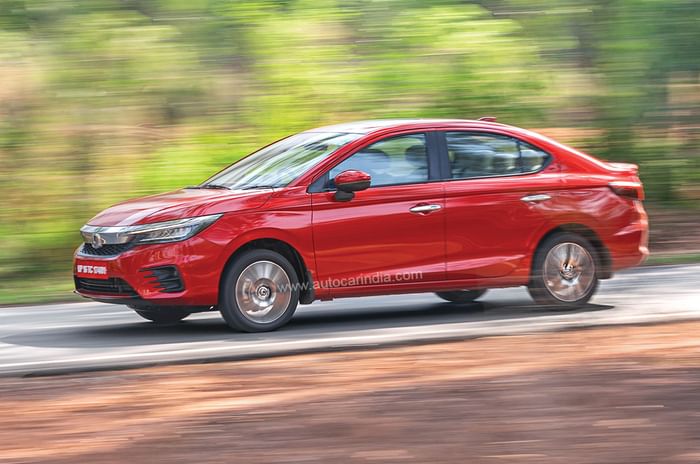
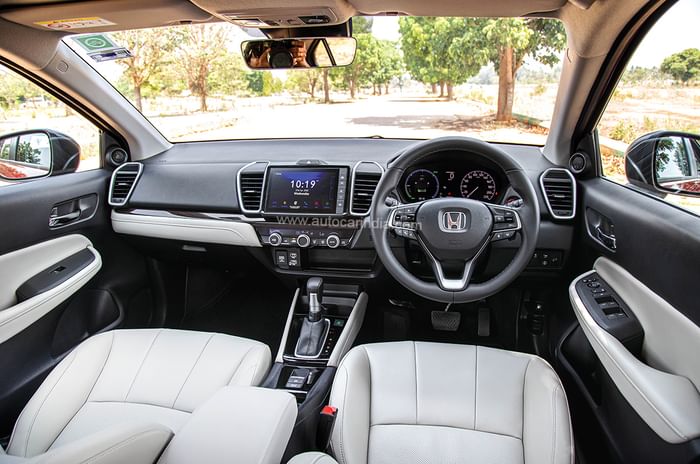
Cabin looks and feels premium, but touchscreen is dated.

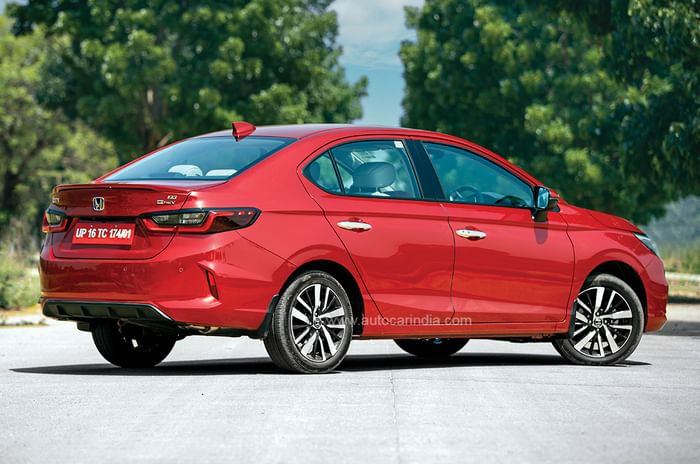
The heart of the matter comprises a 1.5-litre Atkinson cycle petrol engine and two electric motors – a 109hp traction motor that draws its energy from a lithium-ion battery to power the wheels and a 95hp motor-generator that charges the battery using the petrol engine.
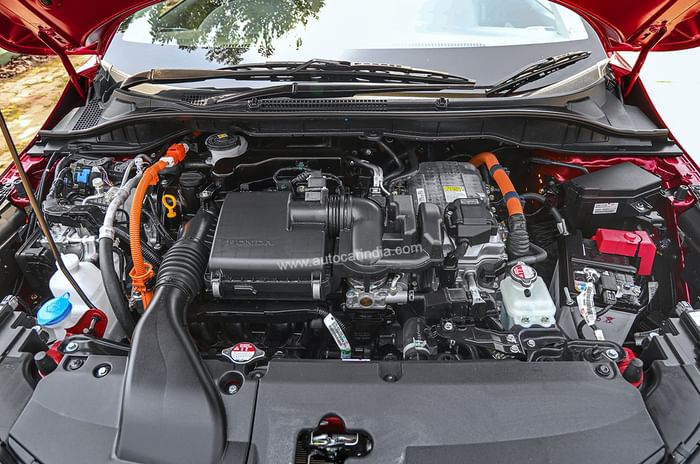
Given that for the most part the City e:HEV functions only under electric power, much like an EV, it only has a single reduction gear. However, there is an artificial feel of shift-points created and Honda calls this set-up the e-CVT, which is unlike the traditional belt and pulley set-up of a continuously variable transmission (CVT). The shift feel happens during hard acceleration, and has no benefit other than offering a more familiar connected feel.
Power is sent to the front wheels and the e-CVT makes for an extremely smooth and step-free drive experience, always keeping the vehicle in its most efficient band to extract the maximum in terms of performance and efficiency.
| Honda City Price, Mileage, Specifications, Features and Variants | |
|---|---|
| Brand | Honda |
| Model Name | City |
| Honda City Price | ₹ 14.34 - 24.12 lakh |
| Honda City Range/Mileage | Petrol Hybrid : 27.13kpl | Petrol : 17.8 - 18.4kpl |
| Honda City Specifications | Sedan | 4 doors | 5 seats View All Specs |
| Honda City Features | LED headlight | 8-inch Touchscreen display | 6 airbags View All Features |
| Honda City Variants | 1.5 Petrol SV MT | 1.5 Petrol V MT | 1.5 Petrol VX MT View All Variants |
Essentially, there are three drive modes – Electric, Hybrid and Engine – and the City’s intelligent system automatically selects one based on the vehicle speed, road angle and throttle response, among other things. In full electric mode (engine off, traction motor powers wheels), the traction motor draws energy from its lithium-ion battery, and makes an equivalent of 109hp and 253Nm of torque. The system remains in this mode as much as possible, so long as the battery has enough juice, delivering a pure EV drive experience. Even at traffic lights or while idling, it mainly draws energy from the lithium-ion battery; so you’re sitting in a cool cabin with the air-con running normally and the car will not pollute nor waste fuel like a regular ICE vehicle. All throughout, the petrol engine remains completely shut off.
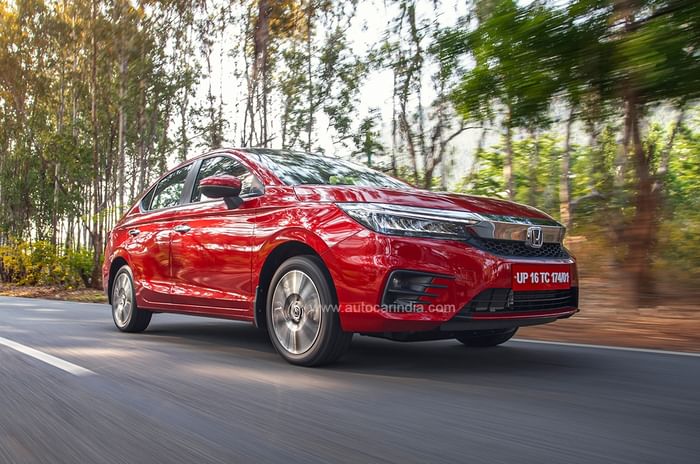
In Hybrid mode, the power is supplied by the motor and the engine and the system makes a combined total of 126hp. Speaking of which, the 1,498cc engine makes 98hp and 127Nm of torque, about 23hp and 18Nm less than the standard version’s petrol engine. Unlike the regular iteration, this Atkinson cycle engine, by virtue of its functioning, is not as powerful but much more efficient. The reason being that at any given time, the intake camshaft delays the closing of the intake valves on the compression stroke, resulting in a lower air-fuel mixture being burned inside thus reducing fuel consumption.
With constant acceleration at highway speeds, the lithium-ion battery’s charge is bound to deplete. As a result, at cruising speeds, with the help of a lock-up clutch, the system occasionally switches to Direct-Drive mode where the engine powers the wheels, while the generator can simultaneously charge the lithium-ion battery in case its level is low. What’s interesting is that once the battery has recouped enough charge, the car will occasionally switch to EV mode even at highway speeds between 80-100kph, which helps squeeze out maximum range from its 40-litre fuel tank.
This set-up of using the engine to mainly charge the battery – where it runs in an efficient RPM range – and only power the wheels at higher speeds is the reason behind the City e:HEV’s excellent fuel efficiency.
In terms of performance, despite its focus on efficiency, this car will sprint to 100kph from standstill in just 10.54sec, making it 1.3sec quicker than the standard City’s 121hp 1.5-litre petrol CVT.
 Seat is very comfy; non-adjustable headrests are disappointing.
Seat is very comfy; non-adjustable headrests are disappointing.
The drive experience is really silent and refined for the most part. An EV light on the instrument cluster glows to let you know that the vehicle is in full-electric mode, and when it disappears, you will hear a faint purr when the petrol engine is running. Under hard acceleration, however, it gets quite vocal and that’s when you will hear the VTEC engine’s mechanical roar. On the whole, sound insulation isn’t as good as its rivals, and just like the standard City, a lot of road and tyre noise filters through.
There are paddle shifters to speak of, but given that there’s no gearbox, like in an EV, these toggle between three brake energy regeneration intensity levels, which are akin to engine braking. On tugging the paddles, these work momentarily, but to keep strong regeneration locked throughout in scenarios where engine braking is required, like while driving downhill, there is an option to shift the gear lever to ‘B’ mode.
 Rear discs improve braking and compensate for added weight.
Rear discs improve braking and compensate for added weight.
On account of the added weight of the motors, the battery pack and other features, the City Hybrid tips the scales at 1,280kg – 127kg more than the petrol-CVT. To help bring the additional weight to a halt, the Hybrid gets rear disc brakes. The good news is that in a panic braking scenario from 80-0kph, the Hybrid stops 1.5m shorter than the standard car, and besides better stopping performance, its brake pedal feels natural and progressive. Like the standard version, the City Hybrid drives with a certain maturity, it takes on the rough roads well and it is even quite enjoyable to drive around twisty roads, when driven in a spirited manner.
Copyright (c) Autocar India. All rights reserved.


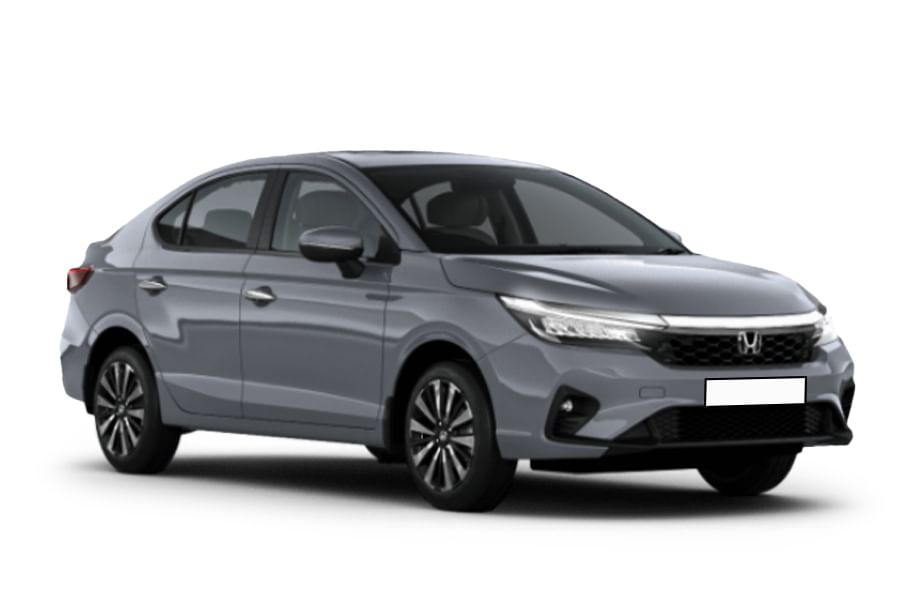
.jpg?w=234&h=156&q=90&c=1)


Comments
Member Login
Personal Details
No comments yet. Be the first to comment.